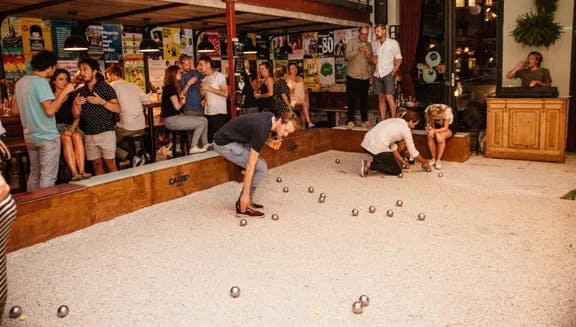
Chinatown walking route
The first Chinese settled in the city around 1911, favouring the area of the Nieuwmarkt and the Zeedijk. Many of them started restaurants and gambling dens. In the 1970s and 1980s, the neighbourhood developed such a bad reputation that postmen didn’t dare deliver the mail. In the mid-1980s, NV Zeedijk, a collaboration between the municipality and other parties, started purchasing, refurbishing, and renting out properties in the area. The Chinese neighbourhood is now frequented by both Amsterdammers and tourists. Ready to discover the neighbourhood yourself? Chan recommends the best spots.
1. He Hua Temple

Opened in 2000 by Queen Beatrix, He Hua Temple is the largest temple built in the traditional Chinese palace style in Europe.
- Zeedijk 106-118
2. Chinese New Year

New Year's Eve is always celebrated twice in the Chinese neighbourhood: on December 31 and during Chinese New Year. The biggest celebration is on January 2, when the new year is ushered in with a lion dance. According to Chan, the fact that the lion dance is on January 2 and not during Chinese New Year is purely due to integration.
3. Toko Dun Yong
Toko Dun Yong was one of the first Chinese companies to settle in the Netherlands in the late 1950s. "It is affectionately called the Chinese Bijenkorf. You can find everything you can think of. I go there for groceries, especially sweet Asian drinks and irresistible candies such as Cream Soda and White Rabbit."
- Stormsteeg 9
4. Nam Kee
Don’t expect huge spring rolls or skewers of satay, but rather real Cantonese food.
- Zeedijk 111-113 and Geldersekade 117
5. Nieuwmarktplein
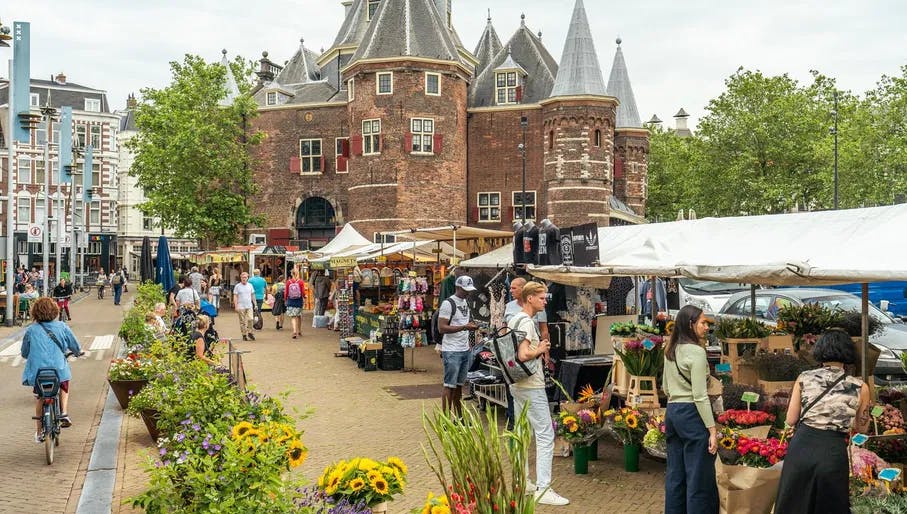
Nieuwmarkt was created in 1614 when several canals were filled in. Even today, the market square is filled with stalls every day. Every Saturday you will find a variety of organic products from local producers.
6. Vishandel Zeedijk
This fishmonger store is not big enough to fit a counter. That is why the fish is displayed in the shop window and on a shelf on the right side of the store.
- Zeedijk 129
7. Slagerij Vet

Butcher shop Vet has been on the Zeedijk for 60 years, selling meats and sandwiches.
- Zeedijk 99
8. Café de Kroegtijger
Chan's favourite pub is café De Kroegtijger, which opened in 2016 on the Zeedijk.
Zeedijk 134
9. Nieuwmarkt Farmer's Market

You’ll find a grocer’s stall in the middle of the Nieuwmarkt belonging to the Overwater family.
Extra: Flesseman & Fa Yin
The Asian residents who settled here years ago are getting older and want to continue living in the Chinese neighbourhood. Residential care centre Flesseman on the Nieuwmarkt makes this possible and is therefore extremely important for the neighbourhood. This also applies to the Chinese school Fa Yin. It had been in the area for years but eventually moved to a more prominent location: Reformed Lyceum West. Every Saturday, about 400 students learn the Chinese language and culture here.
Extra: Street name signs

Since 2005, the street signs in the Chinese neighbourhood have had a Chinese translation underneath. This is not only convenient for the many Chinese visitors, but is also a token of appreciation for the residents who founded the neighbourhood. Back when the area was still a criminal no-go area, many Chinese immigrants started business there and built up the neighbourhood together. Chan: "That's why my parents are extra proud of those plates."
Follow this route on your phone
Are you ready to try this route? Good news, the route can now also be followed via the Komoot app; with walking instructions, information about the highlights and a place to share your own photos with us.
Polo Chan
Polo Chan became co-owner of Nam Kee in 2002 with his brother. His parents started the restaurant on the Zeedijk in 1981 which also has a branch on the Geldersekade. Chan grew up in the Chinese neighbourhood and lived there until he was sixteen.
Related articles
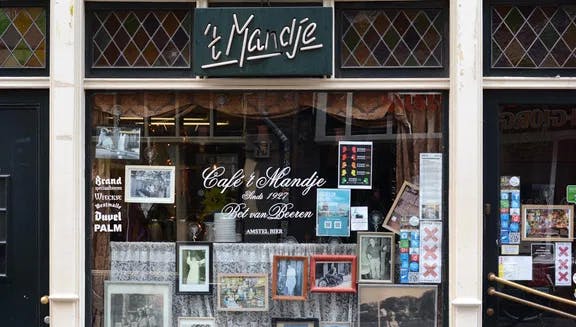
LGBTQI+ history walking route

Old Amsterdam walking route
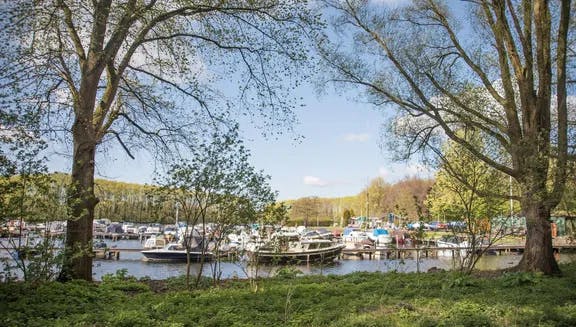
Geuzenveld-Slotermeer walking route
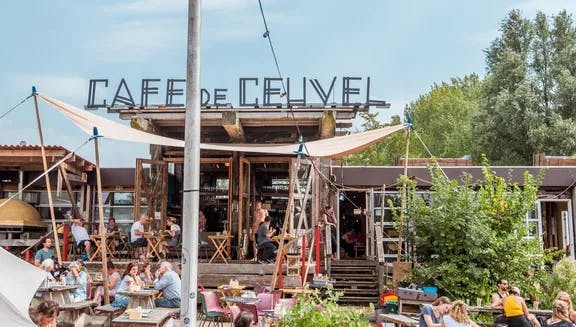
Green and sustainable walking route

Weesp walking route

Amsterdamse School walking route

Jewish Cultural Quarter walking route

Influential women walking route
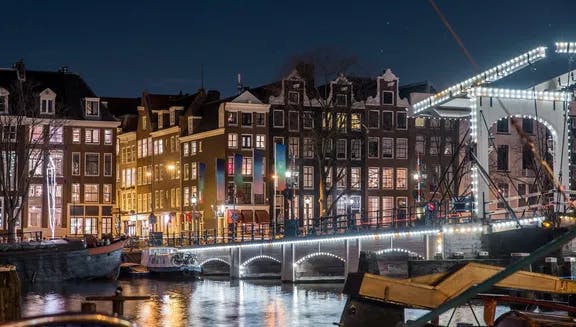
Romantic stories walking route
